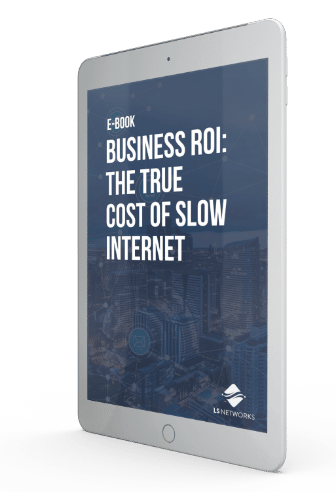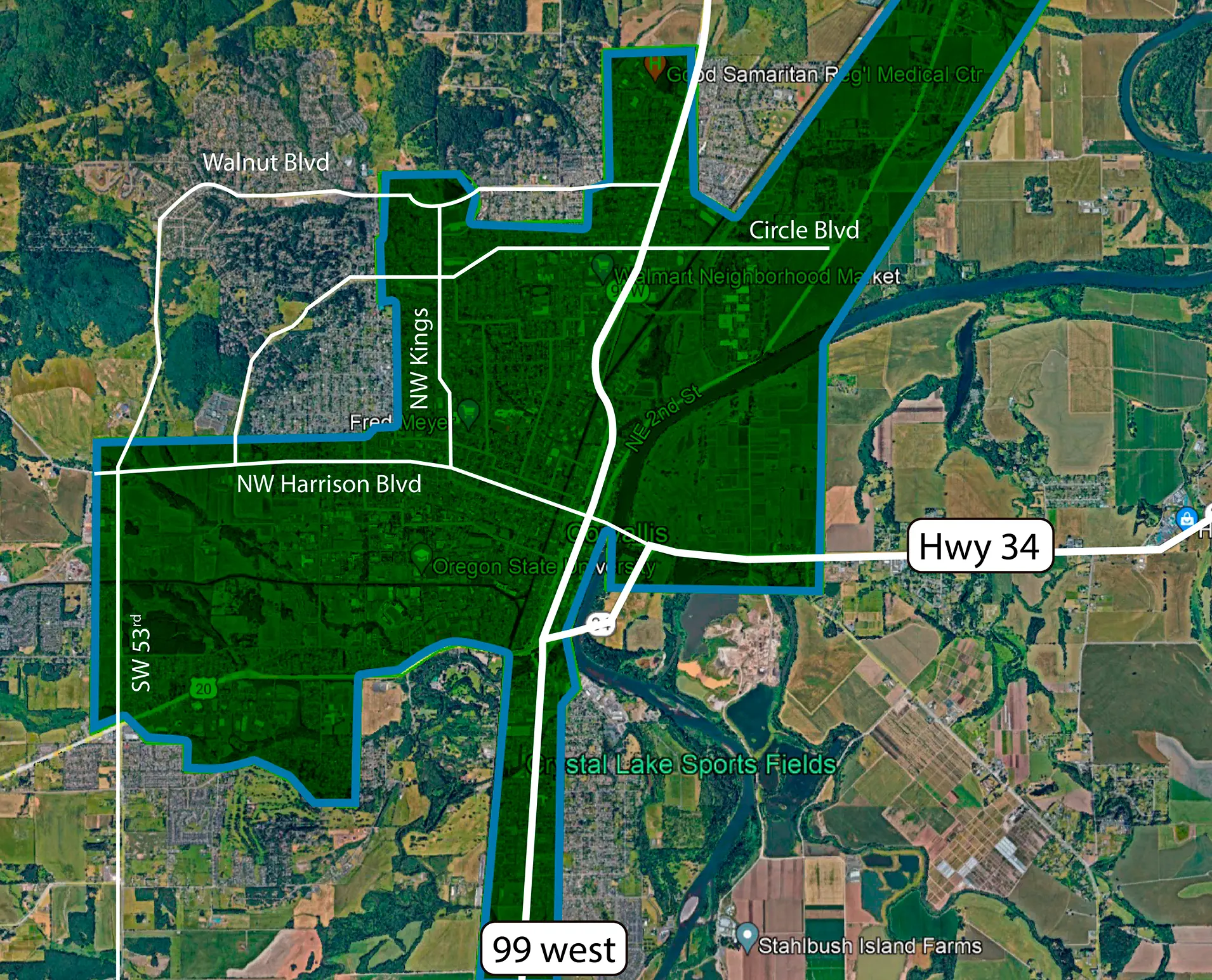If you’re unhappy with your internet speed and performance, you might have considered upgrading to fiber. But it can seem really expensive to make the change.
When you look a little closer, though, the costs actually align with other legacy internet technologies, and fiber may even be a more cost-effective choice in the long run. Here’s what you need to know about the real costs of fiber internet.
Why Legacy Internet Fails the Speed Test
Although copper internet infrastructure was a huge improvement over the dial-up options that predated the broadband era, it has severe limitations that are preventing many businesses and providers from meeting their users’ growing needs for high-performing internet in all situations.
The copper wire itself uses electricity to send internet data, and electricity can’t move as far and as fast as light, which is how fiber transmits data. Additionally, the transmitters and receivers at each end of the copper wires have speed limitations. The speed limitations of non-fiber internet directly impact a business’s bottom line as they limit productivity, communication, and efficiency.
Why Current Internet Tech Will Soon Be Obsolete
Many internet users haven’t yet hit the level of headache and frustration we saw at the end of the dial-up period when so few users were able to use the new broadband connectivity options – but we will be there soon.
Copper internet simply cannot keep up with our increasing demand for bandwidth. Not only are we using more and more devices at home and on the go, but we are also using more personal and business internet of things (IoT) devices that require bandwidth in the background. North America’s data use alone is likely to hit 90 exabytes per month in 20221 — that’s 90 billion gigabytes per month – up from 43 exabytes in 2018. The Electronic Frontier Foundation argues that fiber is the only broadband technology2 that will allow us to keep up with our growing need for any stretch of time. Using fiber at all levels of internet connectivity – from the origin to every home and business – is an essential upgrade that will cost businesses down the line1 if they neglect to upgrade soon.
How Legacy Internet Tanks on Reliability
When fiber internet was first introduced, it was expensive and hard to use. It was rigid and couldn’t transmit data well if it bent. Copper seemed to be the more reliable option.
But it has proven to be failure prone. Batteries fail, and water and salt cause damage to the underlying structures.
In contrast, during recent hurricane activity, fiber networks have remained operable. After Hurricane Harvey hit Houston, the fiber network was mostly undamaged3 by the water. And when the power was restored, so was the connectivity. Additionally, after Hurricane Sandy destroyed service areas, internet service providers such as Verizon decided to install fiber instead of simply replacing the old copper wire. After making that initial investment, they noticed that the networks were 70% more reliable, used up to 60% less energy, and saved almost 60% in operational costs every year. That is a compelling argument for steering away from legacy copper infrastructure and toward fiber in any new or refurbished installations.
“Steep” fiber internet costs have been debunked over the years as fiber emerges as the required internet connectivity technology for modern businesses. The reality is that the costs of using other internet solutions are steeper than moving to fiber today. Ready to see how fiber can improve your business? Contact us to learn more about the benefits of next-generation connectivity.
Sources Cited:






